
In memory of the millions who could no longer leave their mark on the world, what positive impact could you make to a better future?
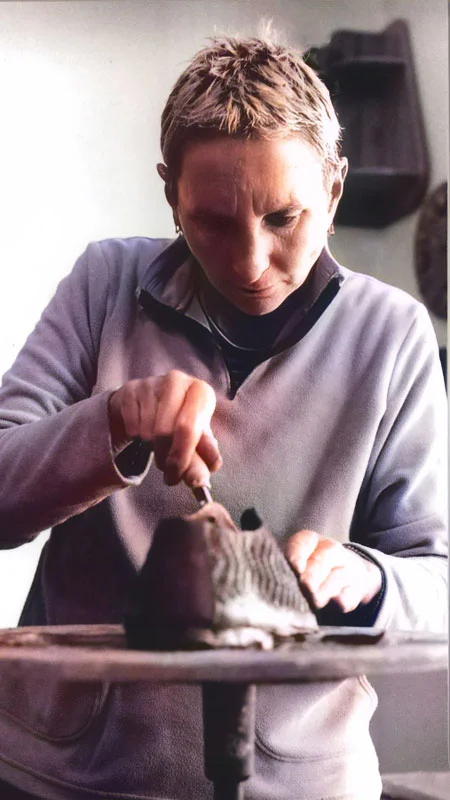
Jenny Stolzenberg
In response to her father Wilhelm Pollak’s lifelong silence about his concentration camp experiences, the artist Jenny Stolzenberg created a display of ceramic shoes, honouring the uniqueness of each victim of The Holocaust.
She described the process of making them as the conversation she and her father were never able to have.
Before her death in 2016 this evocative exhibition toured the world to high acclaim, including at Buchenwald Museum, where her father was imprisoned for nine months.
Iconic Symbols
Shoes have long been an iconic symbol of Holocaust commemoration.
As universal, everyday objects, they evoke an instant connection.
The vast piles of abandoned shoes displayed in the Auschwitz Museum and the shoes that line the bank of the Danube where Hungarian Jews were murdered by the fascist Arrow Cross Party, silently scream of
unimaginable loss.
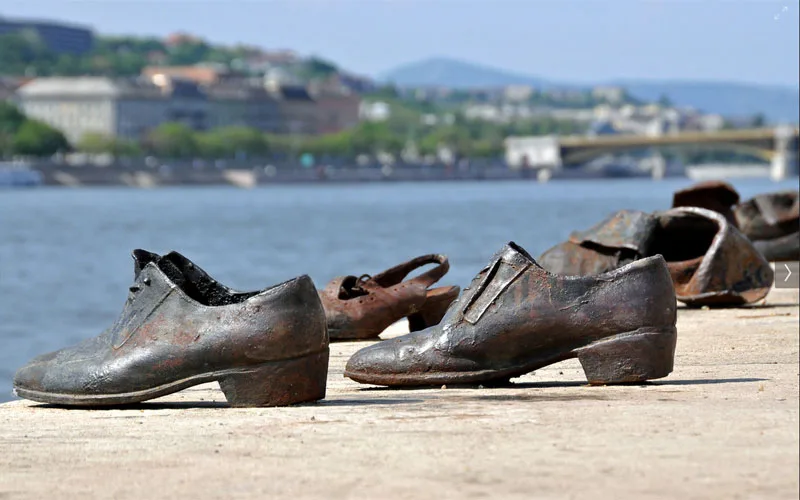
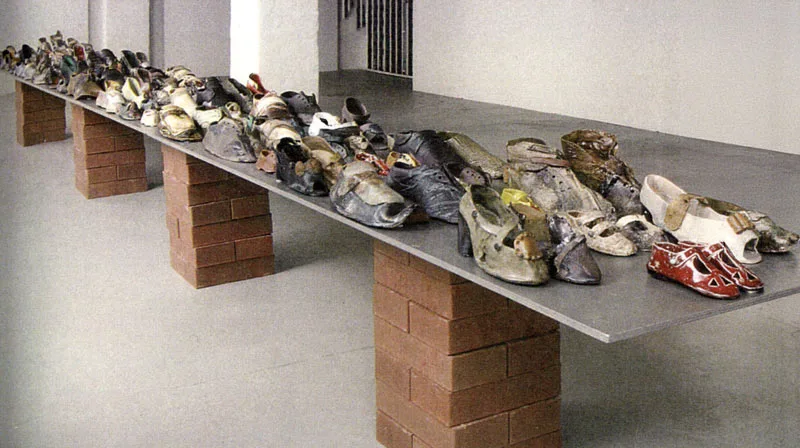
Shoes As Education
Jenny’s shoes are painstakingly detailed.
In total she produced almost a thousand, each the result of meticulous research and remarkable talent.
They are objects of breathtaking beauty that reflect the individuality of their owners. After Jenny’s death her husband presented the remaining shoes to Learning from the Righteous to use in an educational capacity.
The result is the new project and exhibition, In Their Footsteps.
January 1943
Heartbreakingly, it also confirms the tragic fate of the family he left behind. His parents and sister were murdered in Auschwitz in January 1943.
The archive also reveals that the letter confirming the fate of Jenny’s father’s family arrived in August 1947 months before she was born; highlighting how she was the light that helped him emerge from the darkness.
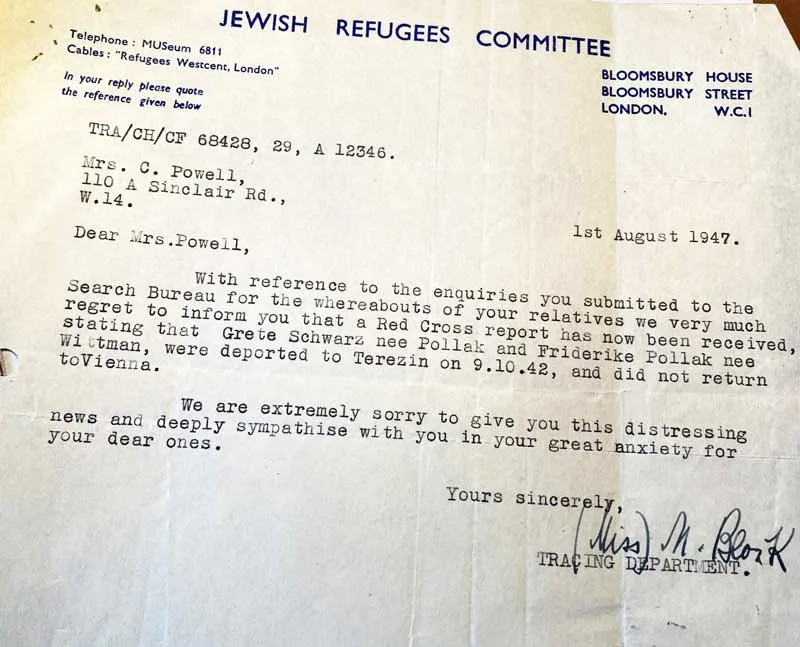
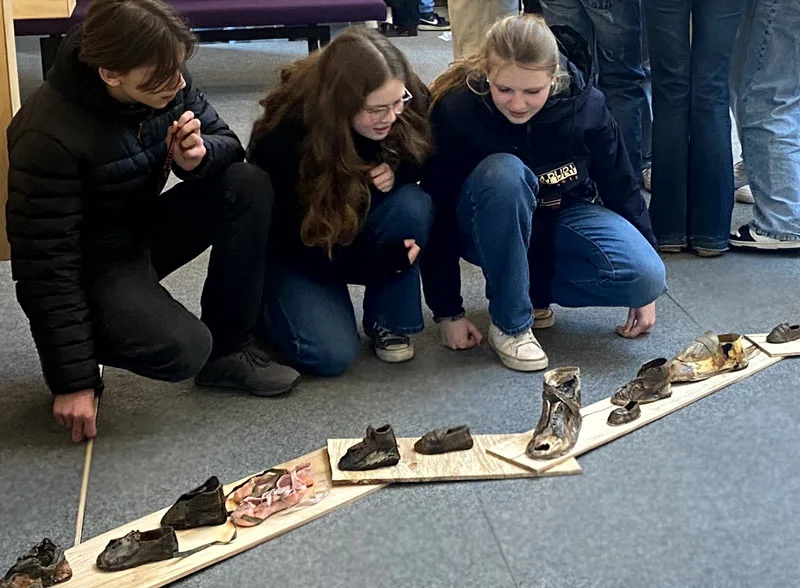
Shoes In Schools
Over the last year, In Their Footsteps has been used to initiate a conversation about the contemporary relevance of The Holocaust in numerous schools.
Students respond by creating their own shoe exhibitions, in honour of the countless footsteps that were stolen in the Holocaust, and are encouraged to consider how they can contribute to a world where no child’s life is blighted by hatred, intolerance and extremism.
What will their footprint-of-change be? The power of these shoes to speak directly to students is evident every time they are shown in schools.
Recently a boy who had only been introduced to the subject was heard to say; “that red shoe is just like my little sister’s… they killed seven year olds too…”.
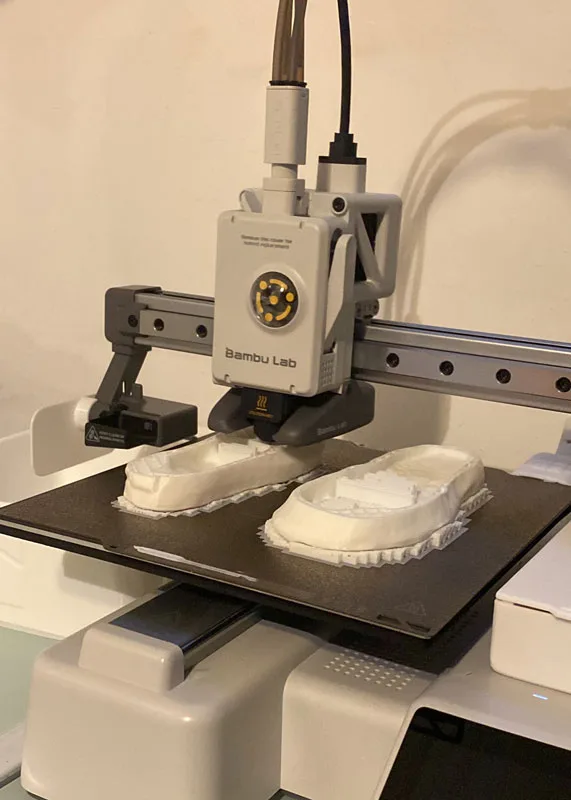
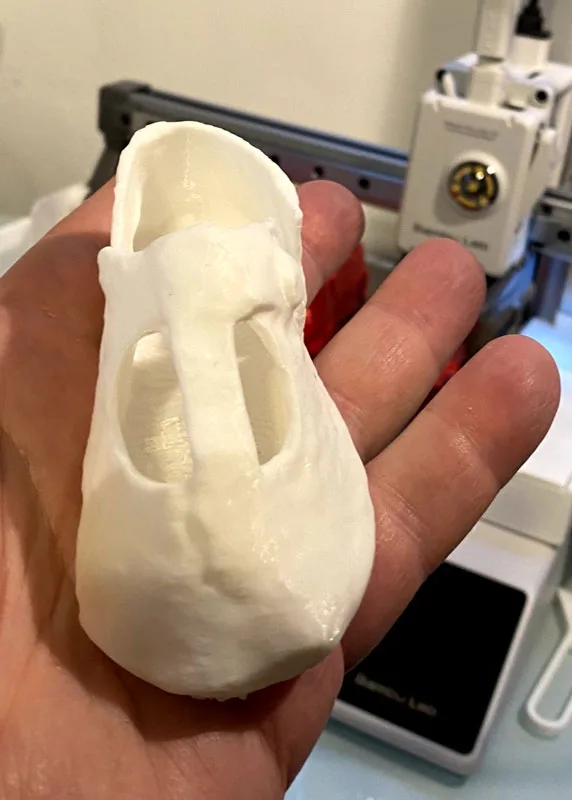
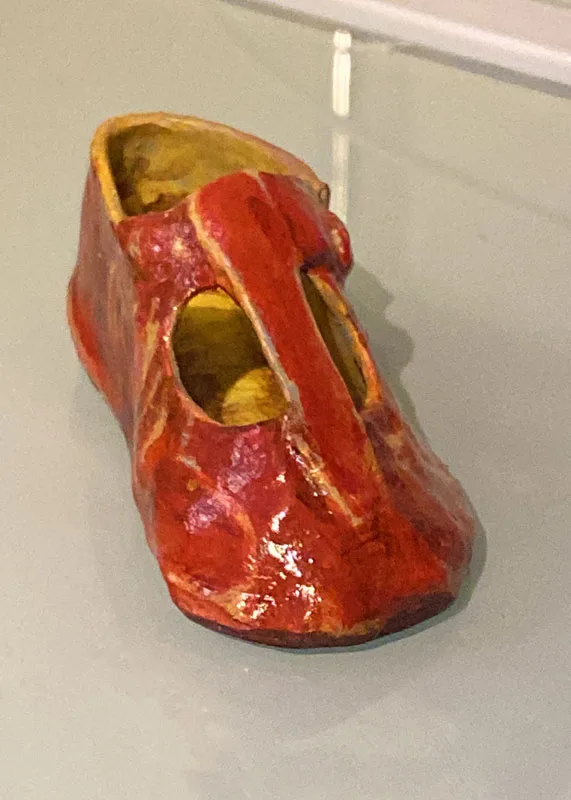
For more information about In Their Footsteps and how you could support our work, contact Antony.
